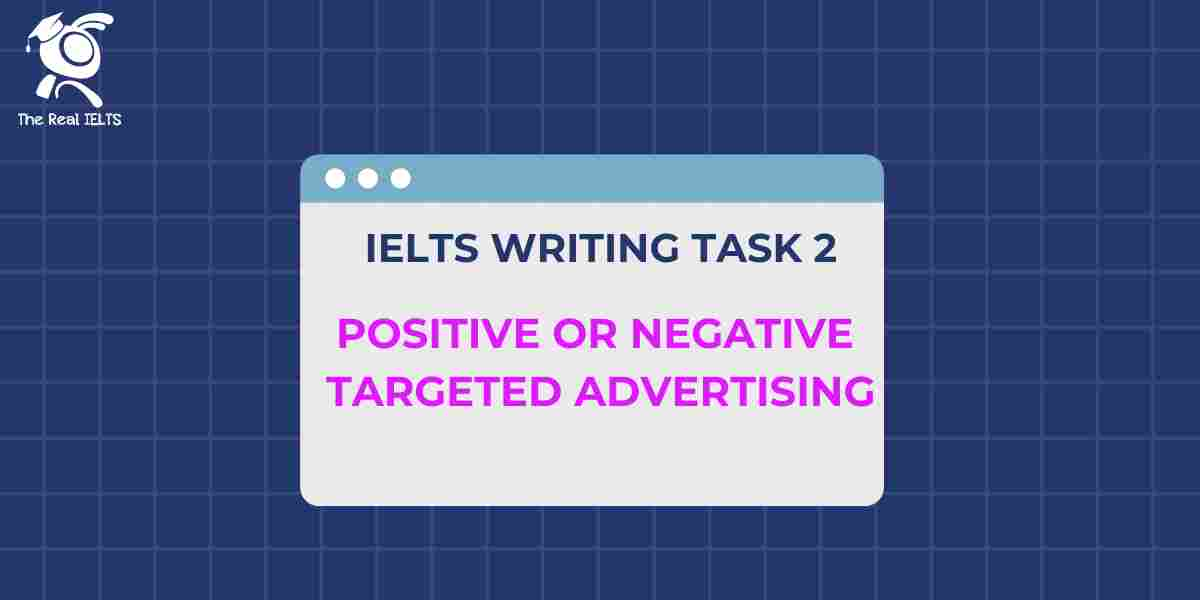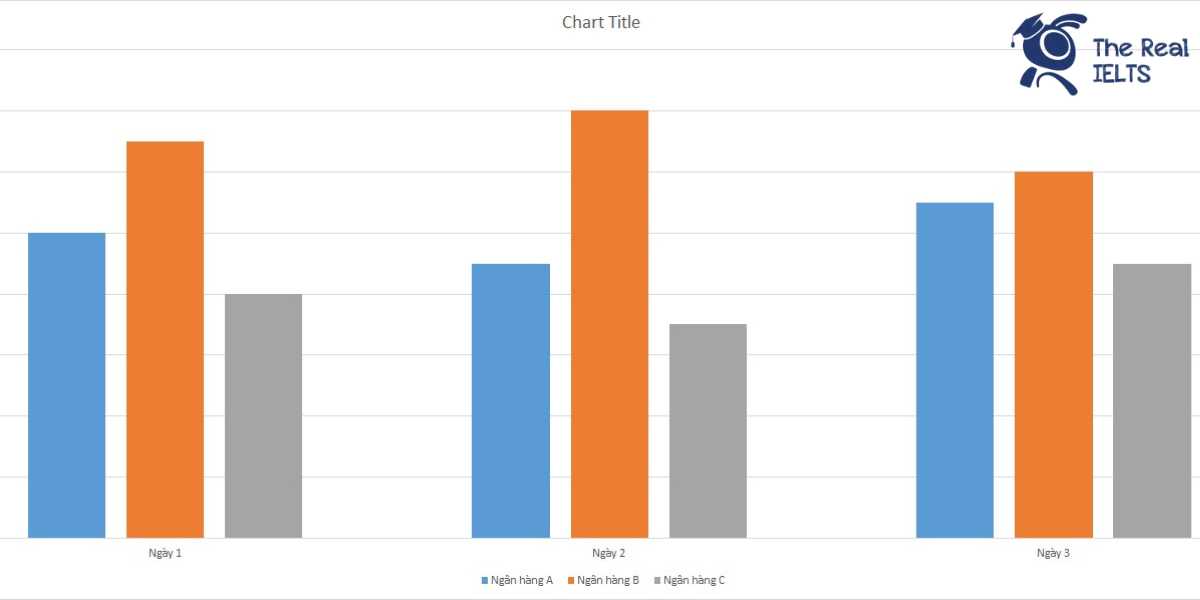IELTS Reading 94: Achievements in the aerospace industry là chủ đề thuộc chuỗi bài luyện tập 11 dạng bài IELTS Reading và các bài tập luyện tập.
Học lại bài cũ: IELTS Reading 93: The role of innovation in business.
IELTS Reading: The future of blockchain technology
The aerospace industry has witnessed incredible advancements over the last century, pushing the boundaries of human exploration and technology. From the early days of manned flight to the development of complex space missions, the industry has made significant achievements, impacting science, defense, and global communication.
One of the earliest breakthroughs came with the Wright brothers’ first successful powered flight in 1903. Their innovative design and approach laid the foundation for the development of modern aircraft, leading to advancements that soon saw planes flying faster, higher, and over longer distances. In the 1930s, commercial aviation became feasible with the introduction of passenger aircraft, transforming global travel.
The aerospace industry reached new heights with the onset of the space race between the United States and the Soviet Union during the Cold War era. In 1957, the Soviet Union launched Sputnik, the first artificial satellite, marking a milestone in space exploration and igniting a competitive push for space achievements. This accomplishment led to the United States launching its own space programs, culminating in the 1969 Apollo 11 mission that landed the first humans on the Moon. The Moon landing was not only a triumph for NASA but also a pivotal moment in human history, inspiring advancements in various scientific fields.
The industry continued to evolve with the establishment of the International Space Station (ISS) in 1998, a collaborative effort involving multiple countries, including the United States, Russia, Japan, and the European Union. The ISS represents one of the most complex engineering feats in history, providing a platform for international research in microgravity, biology, and physics. It has led to critical scientific insights and demonstrated the potential for global collaboration in space exploration.
In recent years, the emergence of private aerospace companies has revolutionized the industry. Companies such as SpaceX, Blue Origin, and Virgin Galactic have introduced new technologies and cost-effective approaches to space missions. SpaceX, for example, developed the first reusable rocket, the Falcon 9, significantly reducing the costs of launching cargo into space. This innovation has made space more accessible, enabling more frequent missions and enhancing satellite deployment for global communications.
Another significant achievement in aerospace has been the development of Mars exploration programs. NASA’s Mars Rover missions have provided unprecedented insights into the Red Planet’s environment and potential for future human exploration. The success of these missions has inspired ambitious goals, including NASA’s Artemis program, which aims to establish a sustainable human presence on the Moon as a stepping-stone to Mars.
Overall, the aerospace industry continues to drive technological advancements, facilitating global connectivity and exploration of the unknown. The achievements made in aviation, space exploration, and engineering have had profound implications, not only for scientific discovery but also for understanding our place in the universe.
Questions
1. Multiple Choice
- What was the significant achievement of the Wright brothers in 1903?
- A) The first artificial satellite launch
- B) The first successful powered flight
- C) The development of commercial aviation
- D) The Apollo 11 Moon landing
- What major event sparked the space race between the United States and the Soviet Union?
- A) The launch of the International Space Station
- B) The Apollo 11 mission
- C) The launch of Sputnik
- D) The development of reusable rockets
2. True/False/Not Given
- The Apollo 11 mission marked the first human exploration of Mars.
- The International Space Station was created as a joint project between multiple countries.
- Private companies have had no significant impact on the aerospace industry.
3. Yes/No/Not Given
- The achievements in the aerospace industry have solely been the result of government efforts.
- SpaceX has developed a reusable rocket that has reduced the costs of launching cargo into space.
- The exploration of Mars has been abandoned due to lack of interest.
4. Matching Information
- Match the following achievements with their corresponding descriptions:
- A) First powered flight
- B) Launch of Sputnik
- C) Apollo 11 Moon landing
- D) Development of reusable rockets
5. Matching Headings
- Choose the appropriate heading for each paragraph:
- A) The Role of Private Companies in Aerospace
- B) Milestones in Space Exploration
- C) Innovations in Aircraft Design
- D) The International Space Station and Its Impact
6. Matching Sentence Endings
- The development of the International Space Station represents…
- A) a platform for international research.
- B) the first human settlement on Mars.
- C) a competition between space agencies.
- D) the end of the space race.
7. Sentence Completion
- The Wright brothers’ innovation in 1903 laid the foundation for the development of ________.
- The success of the Apollo 11 mission inspired ________ in various scientific fields.
8. Summary Completion
- The achievements in the aerospace industry have had profound implications for ________ and ________.
9. Diagram Label Completion
- Complete the labels for the diagram showing the timeline of major aerospace achievements, including events like the Wright brothers’ flight, the launch of Sputnik, and the Apollo 11 mission.
10. Short Answer Questions
- What was the main purpose of the International Space Station?
- Name one significant advancement introduced by SpaceX.
11. Table/Flowchart/Note Completion
Complete the table below by filling in the key milestones in the aerospace industry, including the year and significance of each event:
| Year | Milestone/Event | Significance |
|---|---|---|
| 1903 | The first successful powered flight by the Wright brothers. | |
| 1957 | Launch of Sputnik, the first artificial satellite. | |
| 1969 | Apollo 11 mission, landing the first humans on the Moon. | |
| 1998 | Establishment of the International Space Station (ISS). | |
| 2008 | SpaceX’s Falcon 1 becomes the first privately developed liquid-fueled rocket to reach orbit. | |
| 2020 | Development of the Mars Rover missions, enhancing understanding of Mars. | |
| 2024 | The Artemis program aims to return humans to the Moon. |
Đáp án
1. Multiple Choice
- B) The first successful powered flight
- C) The launch of Sputnik
2. True/False/Not Given
- False
- True
- False
3. Yes/No/Not Given
- No
- Yes
- No
4. Matching Information
- A) First powered flight – 1
- B) Launch of Sputnik – 2
- C) Apollo 11 Moon landing – 3
- D) Development of reusable rockets – 4
5. Matching Headings
- A) The Role of Private Companies in Aerospace – 4
- B) Milestones in Space Exploration – 2
- C) Innovations in Aircraft Design – 1
- D) The International Space Station and Its Impact – 3
6. Matching Sentence Endings
- The development of the International Space Station represents…
- A) a platform for international research.
7. Sentence Completion
- The Wright brothers’ innovation in 1903 laid the foundation for the development of modern aircraft.
- The success of the Apollo 11 mission inspired advancements in various scientific fields.
8. Summary Completion
- The achievements in the aerospace industry have had profound implications for scientific discovery and global connectivity.
9. Diagram Label Completion
- Timeline of Major Aerospace Achievements:
- 1903: First successful powered flight by the Wright brothers.
- 1957: Launch of Sputnik.
- 1969: Apollo 11 Moon landing.
- 1998: Establishment of the International Space Station (ISS).
- 2008: SpaceX’s Falcon 1 reaches orbit.
- 2020: Mars Rover missions.
- 2024: Artemis program.
10. Short Answer Questions
- What was the main purpose of the International Space Station?
- To provide a platform for international research in microgravity.
- Name one significant advancement introduced by SpaceX.
- The development of the first reusable rocket, the Falcon 9.
11. Table/Flowchart/Note Completion
| Year | Milestone/Event | Significance |
|---|---|---|
| 1903 | First successful powered flight | The first successful powered flight by the Wright brothers. |
| 1957 | Launch of Sputnik | Launch of Sputnik, the first artificial satellite. |
| 1969 | Apollo 11 mission | Apollo 11 mission, landing the first humans on the Moon. |
| 1998 | Establishment of the International Space Station (ISS) | A collaborative effort for research and international cooperation. |
| 2008 | SpaceX’s Falcon 1 | First privately developed liquid-fueled rocket to reach orbit. |
| 2020 | Mars Rover missions | Enhanced understanding of Mars and potential for human exploration. |
| 2024 | Artemis program | Aims to return humans to the Moon and establish a sustainable presence. |















